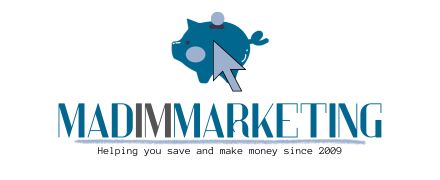Images enhance the visual appeal of a webpage, helping to illustrate key points and evoke emotional responses from readers. However, they also come with a trade-off: longer loading times.
In an era focused on Core Web Vitals and website performance metrics, how can you strike the right balance between aesthetics and speed? Here are some strategies to consider.

Optimize Your Images
Reducing image file sizes can expedite loading times, but even optimized images add up, particularly on visually rich pages.
Utilize Lazy Loading
Lazy loading technology loads images only when a reader scrolls to their location on the page. This ensures that only images appearing “above the fold” are loaded initially, thereby speeding up the initial loading process.
Ignore Metrics, Focus on Appeal
Performance metrics like Core Web Vitals may not be as critical as they are often portrayed. Captivating your audience with a stunning image above the fold could outweigh the negatives of slightly longer loading times.
Prioritize Content
If your images are integral to your messaging and engage your audience effectively, then it may be worth the additional load time. Certain webpages are meant to be visually rich, and a longer loading time is an acceptable trade-off for enhanced user engagement.
A Compromise Solution
Consider placing all images below the fold, relying on compelling text to initially engage your readers. This approach also has merit.
To sum up, the optimal use of images on your website depends on a variety of factors. Whether you’re prioritizing speed or aesthetics, the key is to find a balance that serves your unique needs and those of your audience.
